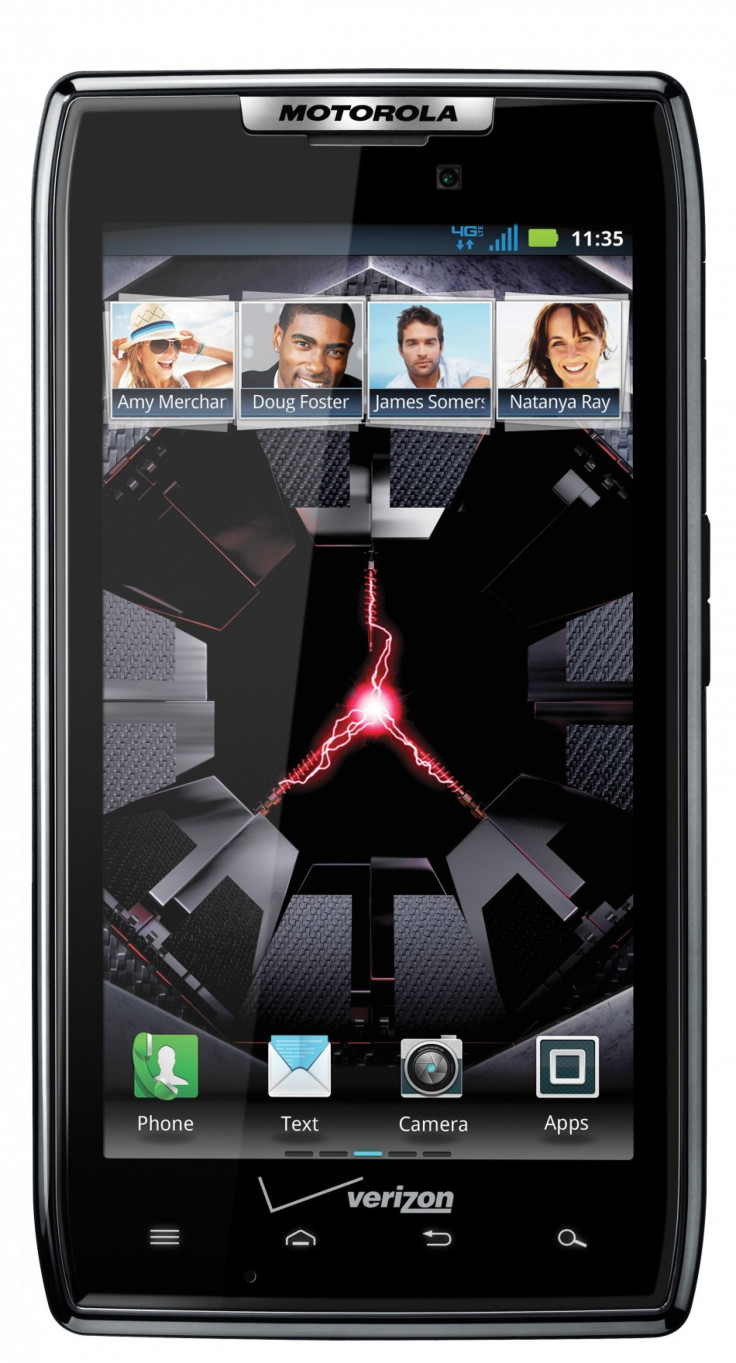Galaxy S2 Skyrocket vs. Droid Razr: Will Samsung's LTE Rocket Blunt Motorola's Thinnest Razr?

It is raining smartphones this holiday season as various mobile giants from Apple to HTC are lining up their best products with mind-boggling specifications and marketing it aggressively.
On those lines, Samsung unveiled its Samsung Galaxy S2 Skyrocket on AT&T and Motorola launched its thinnest smartphone Droid Razr on Verizon.
Galaxy S2 Skyrocket, a Long Term Evolution (LTE) version of Samsung Galaxy S2, features a 1.5 GHz dual core chip, 4.5-inch SuperAMOLED Plus display and an 8MP rear-facing camera with LED flash, with 2-megapixel front-facing camera.
On the other hand, Droid Razr sports a 4.3-inch Super AMOLED Advanced display for incredibly vivid images. Motorola RAZR also sports KEVLAR fiber and Corning Gorilla Glass to help the screen stand up to scratches and scrapes. Droid Razr, which is also known as Droid HD, is powered by a dual-core 1.2 GHz processor with 1GB of RAM, all powered by Android 2.3.5.
Following is the comparison of Galaxy S2 Skyrocket and Droid Razr:
Display: Galaxy S2 Skyrocket touts a 4.5-inch Super AMOLED Plus Gorilla glass display that may give a resolution of 800 x 480 pixels with about 207 pixels per inch (ppi) pixel density, while Droid Razr comes with a 4.3-inch qHD screen paired with Super AMOLED touchscreen that may give a resolution of 960 x 540 pixels with about 256 ppi pixel density.
Size: Skyrocket, weighing 130.5 grams, has a dimension of 129.8 x 68.8 x 9.5 mm. On the other hand, Droid Razr measures 130.7 x 68.9 x 7.1 mm and weighs 127 grams.
OS: Both devices run on Google's Android Gingerbread 2.3.5 operating system and they will probably get the Ice Cream Sandwich, Android 4.0 mobile OS upgrade, early next year.
Processor: Skyrocket is powered by a 1.5 GHz Scorpion dual-core processor, Adreno 220 GPU, Qualcomm APQ8060 Snapdragon chipset with 1GB RAM. Droid Razr is adorned with 1.2 GHz dual-core Cortex-A9 CPU, PowerVR SGX540 GPU, TI OMAP 4430 chipset with 1GB RAM.
Camera: There is not much difference with respect to the camera as both smartphones sport an 8-megapixel camera with LED flash and a 2MP camera on the front for video calling. In addition, both devices can record high-definition videos in 1080 pixel resolution.
Storage: Skyrocket has an internal memory of 16GB and offers MicroSD card support of up to 32GB. Droid Razr has a fixed 16 GB internal storage and a 16GB microSD external card pre-installed that can be expanded up to 32GB.
Connectivity: Skyrocket has HSDPA 21.1 Mbps, HSUPA 5.76 Mbps and 4G LTE support, while Droid Razr comes with Rev. A up to 3.1 Mbps, 4G LTE, HSDPA and HSUPA. Skyrocket will have Bluetooth 3.0 version with EDR stereo along with mini USB 2.0 version, while Droid Razr supports Bluetooth v4.0 with LE+EDR.
WLAN: Skyrocket will have Wi-Fi 802.11 a/b/g/n, DLNA, Wi-Fi Direct and Wi-Fi hotspot, while Droid RAZR has Wi-Fi 802.11 b/g/n, DLNA, and Wi-Fi hotspot.
Battery: Skyrocket may top Razr in terms of battery power as it comes with a standard Li-ion 1850 mAh battery, while Droid Razr only has a 1780mAh battery.
Pricing: Skyrocket will be available for $249.99 under a two-year contract with AT&T, while Verizon offers Droid Razr for $299.99 under a two-year contract.
© Copyright IBTimes 2025. All rights reserved.




















